Refine search
Actions for selected content:
149391 results in Classical Studies
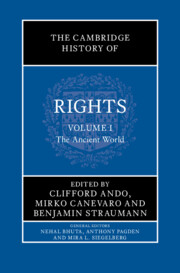
The Cambridge History of Rights
- Coming soon
-
- Expected online publication date:
- January 2026
- Print publication:
- 27 November 2025
-
- Book
- Export citation

A Narratological Commentary on Herodotus' Histories
- Coming soon
-
- Expected online publication date:
- January 2026
- Print publication:
- 31 January 2026
-
- Book
- Export citation

The Undeciphered Aegean Scripts
- Linguistic Investigations into the Languages They Encode
- Coming soon
-
- Expected online publication date:
- January 2026
- Print publication:
- 31 January 2026
-
- Book
- Export citation

The Topography and Monuments of Ancient Rome
- Coming soon
-
- Expected online publication date:
- January 2026
- Print publication:
- 31 January 2026
-
- Book
- Export citation
Industry, Trade and the State in Ptolemaic Egypt
- Coming soon
-
- Expected online publication date:
- January 2026
- Print publication:
- 31 January 2026
-
- Book
- Export citation

Reading Biblical Greek
- A Graded Reader for Beginners
- Coming soon
-
- Expected online publication date:
- January 2026
- Print publication:
- 31 January 2026
-
- Textbook
- Export citation
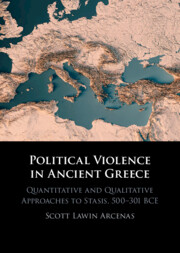
Political Violence in Ancient Greece
- Quantitative and Qualitative Approaches to Stasis, 500–301 BCE
- Coming soon
-
- Expected online publication date:
- January 2026
- Print publication:
- 31 January 2026
-
- Book
- Export citation

Christology and Ethics in Galatians
- Love and the Shared Self
- Coming soon
-
- Expected online publication date:
- January 2026
- Print publication:
- 31 January 2026
-
- Book
- Export citation

Aristippus of Cyrene, Pleasure and the Present
- Coming soon
-
- Expected online publication date:
- January 2026
- Print publication:
- 31 January 2026
-
- Element
- Export citation
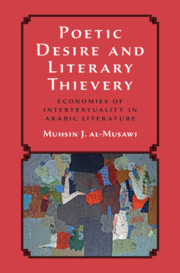
Poetic Desire and Literary Thievery
- Economies of Intertextuality in Arabic Literature
- Coming soon
-
- Expected online publication date:
- January 2026
- Print publication:
- 31 January 2026
-
- Book
- Export citation
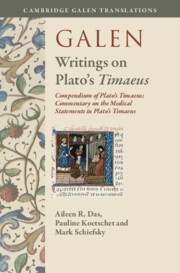
Galen: Writings on Plato's Timaeus
- Compendium of Plato's Timaeus; Commentary on the Medical Statements in Plato's Timaeus
- Coming soon
-
- Expected online publication date:
- January 2026
- Print publication:
- 31 December 2025
-
- Book
- Export citation
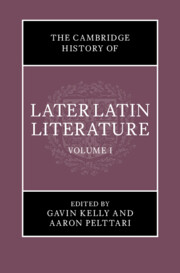
The Cambridge History of Later Latin Literature
- Coming soon
-
- Expected online publication date:
- January 2026
- Print publication:
- 31 December 2025
-
- Book
- Export citation

The Cambridge Urban History of Europe
- Coming soon
-
- Expected online publication date:
- January 2026
- Print publication:
- 20 November 2025
-
- Book
- Export citation
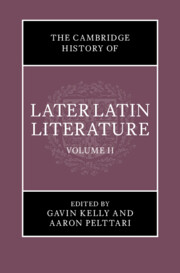
The Cambridge History of Later Latin Literature
- Coming soon
-
- Expected online publication date:
- January 2026
- Print publication:
- 31 December 2025
-
- Book
- Export citation
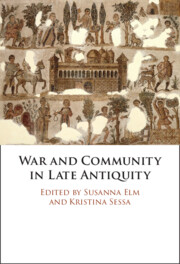
War and Community in Late Antiquity
- Coming soon
-
- Expected online publication date:
- January 2026
- Print publication:
- 31 January 2026
-
- Book
- Export citation

Hegel and Republicanism
- Non-Domination, Economics, and Political Participation
- Coming soon
-
- Expected online publication date:
- January 2026
- Print publication:
- 31 December 2025
-
- Element
- Export citation

Hegel and Spinoza
- Coming soon
-
- Expected online publication date:
- January 2026
- Print publication:
- 31 January 2026
-
- Element
- Export citation

Aristotle's Parts of Animals
- A Critical Guide
- Coming soon
-
- Expected online publication date:
- January 2026
- Print publication:
- 31 January 2026
-
- Book
- Export citation
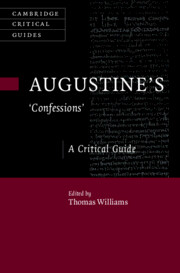
Augustine's ‘Confessions'
- A Critical Guide
- Coming soon
-
- Expected online publication date:
- December 2025
- Print publication:
- 31 January 2026
-
- Book
- Export citation
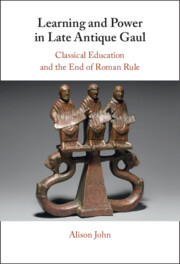
Learning and Power in Late Antique Gaul
- Classical Education and the End of Roman Rule
- Coming soon
-
- Expected online publication date:
- December 2025
- Print publication:
- 31 December 2025
-
- Book
- Export citation
